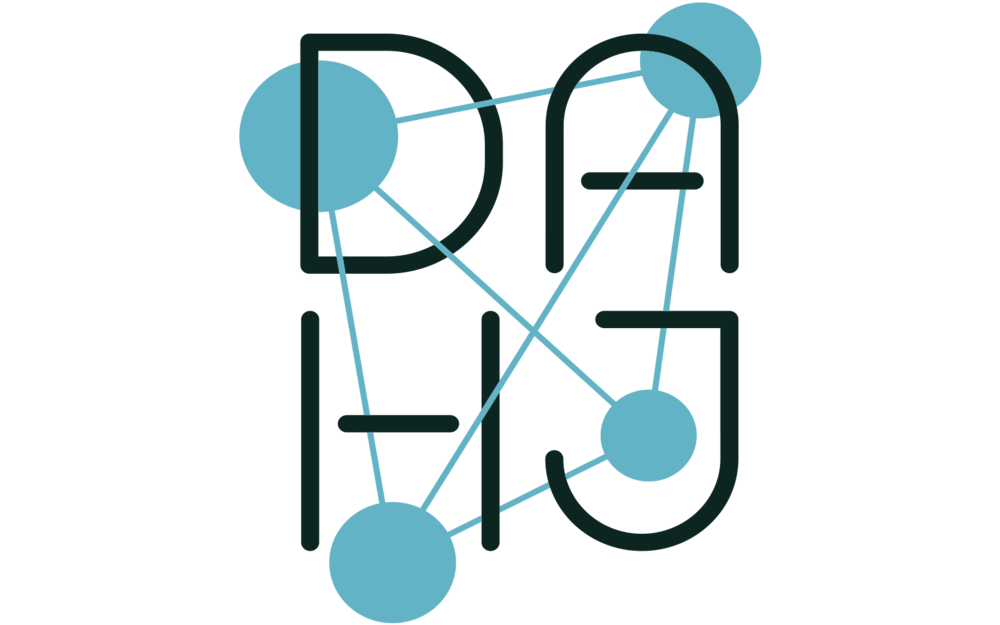Abstract
As data storage, computational processing power, and retrieval costs diminish, many traditional technologies of data-compression are becoming obsolete. This unprecedented state of data opulence, where more and more data are expected to be always more easily available at ever decreasing costs, is bringing about significant changes in contemporary computation, and fostering a revival of Artificial Intelligence technologies that were seen until recently as of limited practical use. A similar techno-cultural disruption is already conspicuously affecting architectural design. Informational models in three dimensions are replacing the basic tools of the designer’s trade since the Renaissance – scaled drawings in plans, elevations, and sections. Furthermore, Big Data and computation allow digital designers to compose and engage with the messiness of some natural processes without going through the traditional mediation of abstract and general mathematical theories and patterns. Just like computation is replacing the causal laws of modern science with the brute force of data-driven simulation and optimization, blunt information retrieval is increasingly, albeit often subliminally, replacing causality-driven, teleological historiography, and demoting all modern and traditional tools of story-building and story-telling. This major anthropological upheaval challenges our ancestral dependance on shared master-narratives of our cultures and histories.
DOI: https://doi.org/10.11588/dah.2018.3.49913
Author
Mario Carpo
is Reyner Banham Professor of Architectural History and Theory at The Bartlett, University College London. Carpo is internationally known for his teachings and research on the history of architectural theory and the history of cultural technologies, with focus on the classical tradition and on contemporary digital design theory.
His main publications are “The Digital Turn in Architecture, 1992-2012” (Chichester: Wiley, 2012), “The Alphabet and the Algorithm” (Cambridge, MA: The MIT Press, 2011, also translated into other languages), “Architecture in the Age of Printing" (Cambridge, MA: The MIT Press, 2001), and “The Second Digital Turn. Design Beyond Intelligence” (Cambridge, MA: The MIT Press, 2017).

